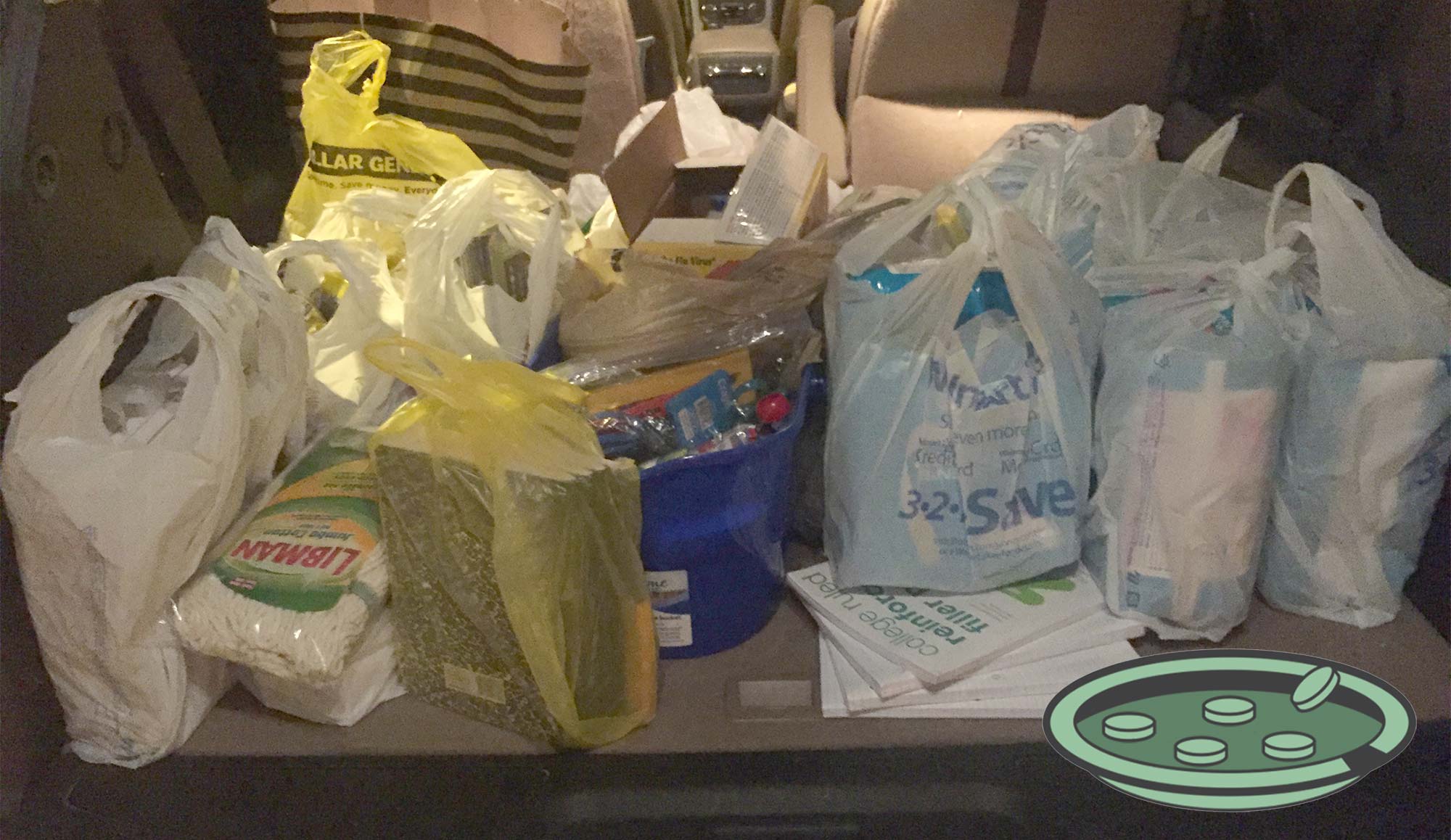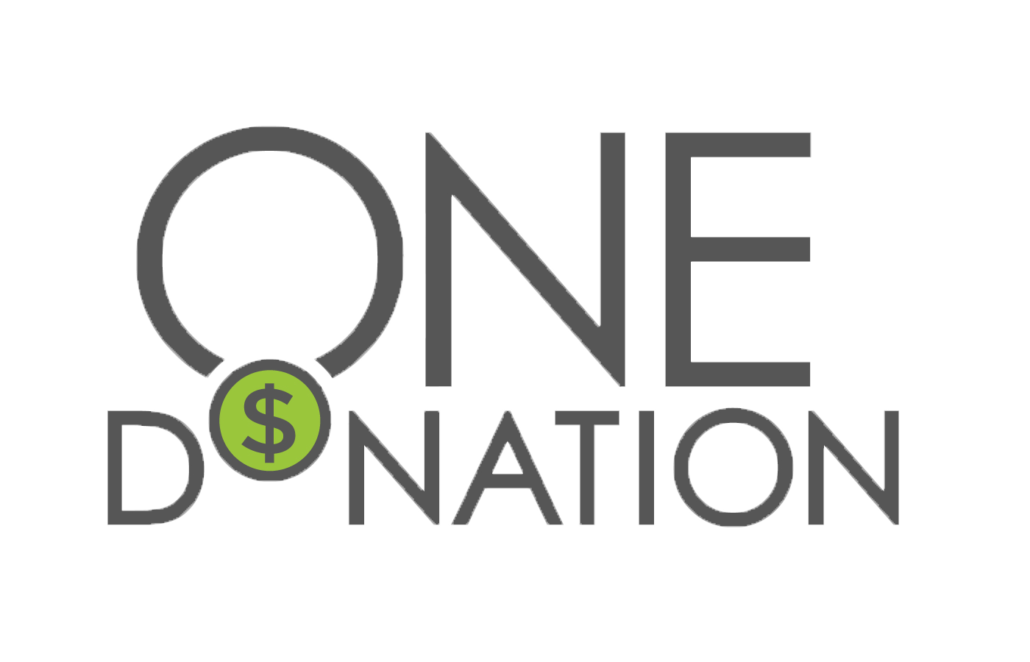How Fast Life Can Change

Loading my car with donations for families impacted by the floods in Baton Rouge.
In my previous blog post I discussed how the schools and churches that I attended influenced my background on giving. However, it was not until after graduating from college that I realized the true impact that my giving can have on individuals. There is nothing comparable to seeing the eyes of a recipient of your gifts to truly understand the impact.
After finishing school, I went to work assisting with natural disasters (mainly wildfires). My first job was as a Wildland Firefighter with the National Park Service. That summer I worked in Southeastern Arizona and participated on a few prescribed burns, but unfortunately I never really got the wildland firefighting experience I imagined. It was 2004 and towards the end of the fire season, I was asked to work for a company that cleaned up debris as a result of natural disasters. That year 4 Hurricanes hit Florida: Charley, Frances, Ivan and Jeanne. The choice to accept the job was easy, the pay was great and I had student loans. What I did not expect from that job was seeing first-hand the impact of loss on real families with real kids and their real belongings.
I grew up in New Orleans and we always faced the threat of the “Big One”, but managed to survive a lot of near misses. As chance would have it, the following year I moved back to New Orleans and before accepting a new job in North Carolina. A few months later, Hurricane Katrina was heading directly towards New Orleans and my family and I evacuated to Houston with a few belongings – fully expecting to return in a few days.
The good news is that my family was safe. The bad news, as you know, is that Hurricane Katrina was the “Big One”. Family and friend’s homes were flooded and upon returning to gather salvageable belongings, the houses looked like a drained muddy water snow globe. First hand, I was able to witness friends and families outside of New Orleans lend a helping hand. What I did not anticipate was the help from complete strangers sending clothes, toys, toiletries, and other everyday items I typically take for granted.
Needless to say, Hurricane Katrina changed my life and outlook in giving. One thing that stands out to me is my family photo albums. My family photos were lost in the flooding so it looks like none of us existed before 2005. Since then, I make donations to organizations in need on a regular basis. I now have kids of my own and when natural disasters strike, we try to send either money or items based on need to those affected.
While on vacation several years ago my brother-in-law half-jokingly came up with a smartphone app so that busy people, without cash or check, can donate with the touch of a finger. Welcome – Pass the Plate.
Over time I would like to teach my kids to do the same; donate in any way you can – money, time, physical goods – there are so many ways you can donate that will make a difference! Donate directly to a local charity. Donate to disaster relief. Send water or school items to an area hit by flooding. Send blankets and food to an area devastated by wildfires. Your donations will have a greater impact than you can ever imagine.
Donations do not always need to be financial, look around your community and ask yourself – What can I do to help?

 My name is Brian Hemel and I am a Co-Founder of Pass the Plate. I grew up in New Orleans, Louisiana and was fortunate to attend a Catholic church and school. Like most kids growing up in the southeast, I attended a weekly Sunday service, really not wanting to go. During those services I would go through the motions and could not wait for the service to be over.
My name is Brian Hemel and I am a Co-Founder of Pass the Plate. I grew up in New Orleans, Louisiana and was fortunate to attend a Catholic church and school. Like most kids growing up in the southeast, I attended a weekly Sunday service, really not wanting to go. During those services I would go through the motions and could not wait for the service to be over.